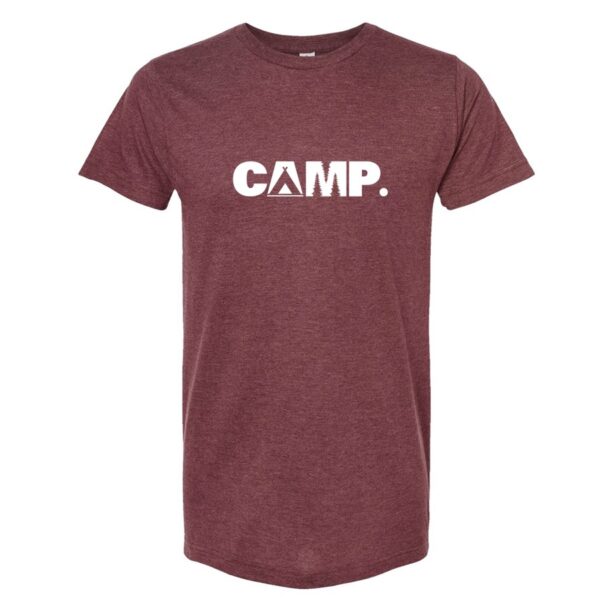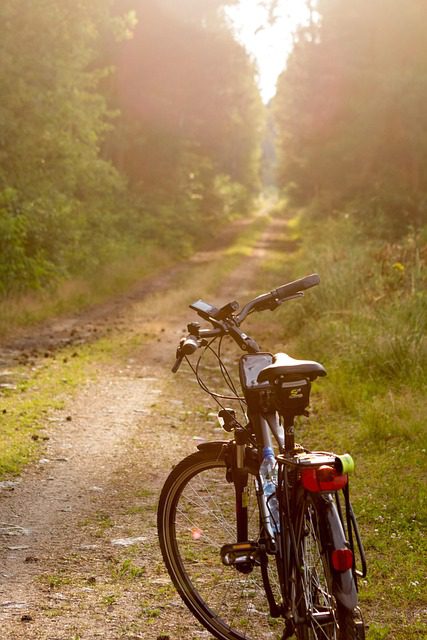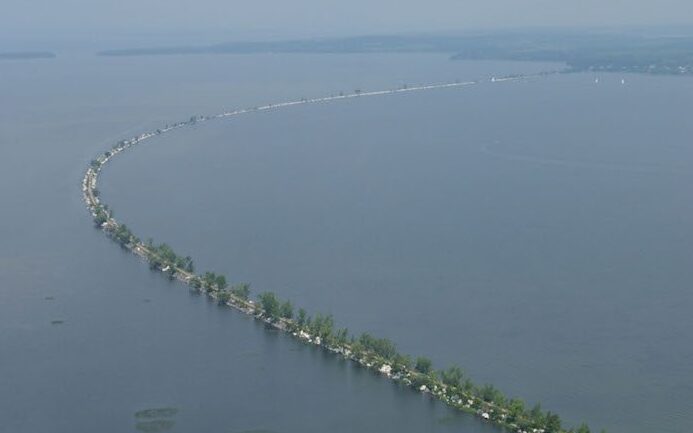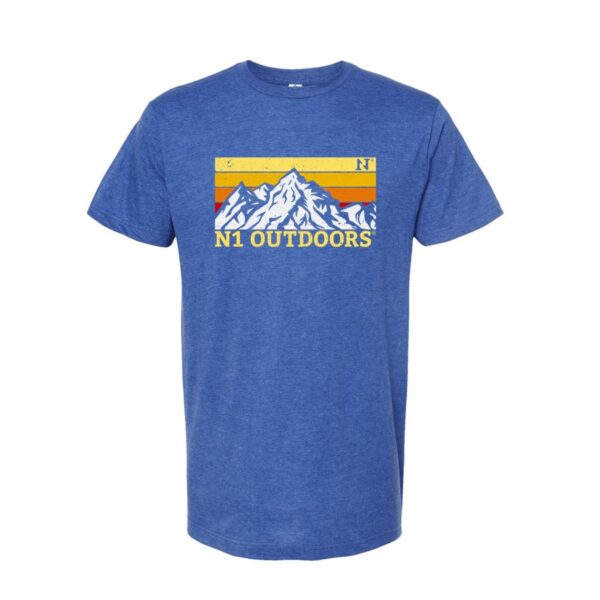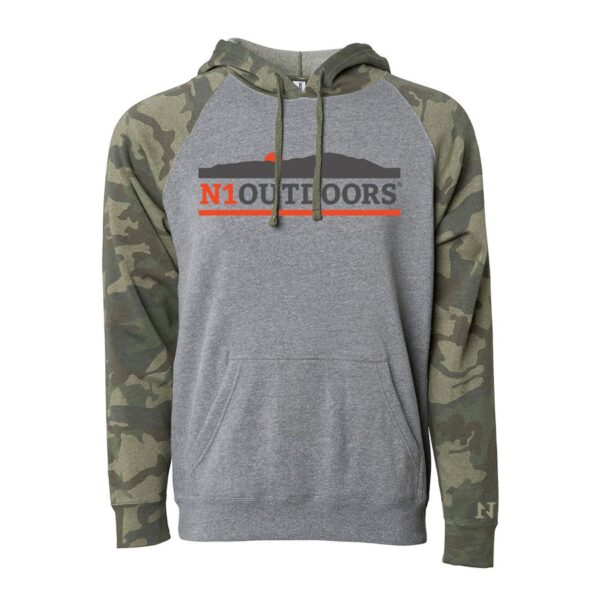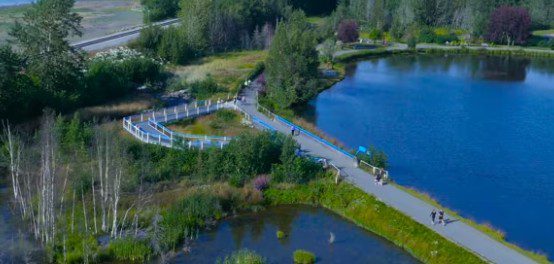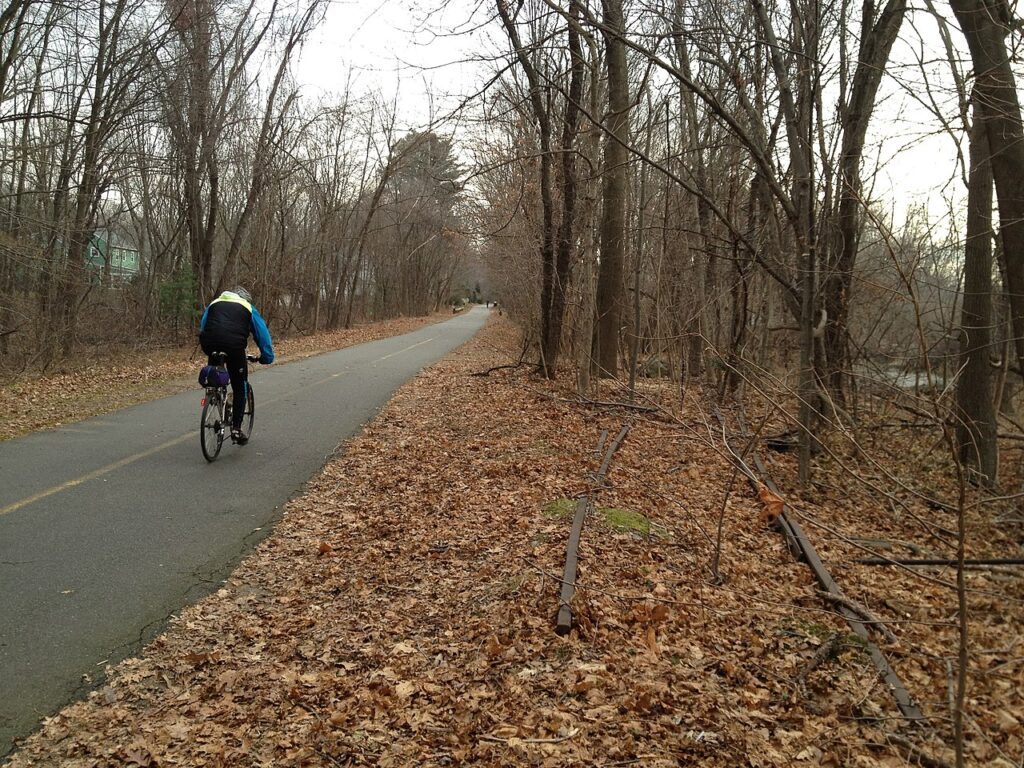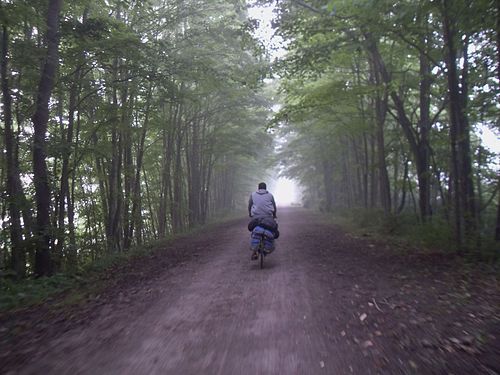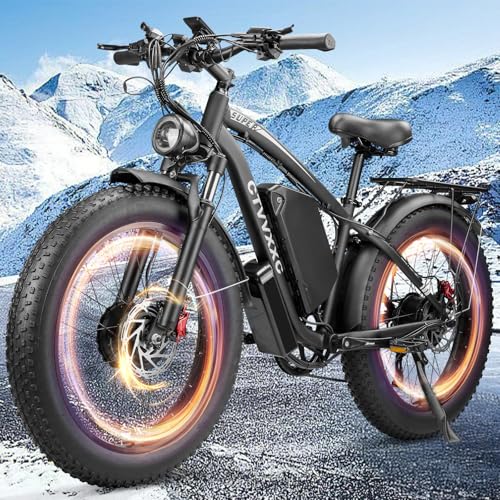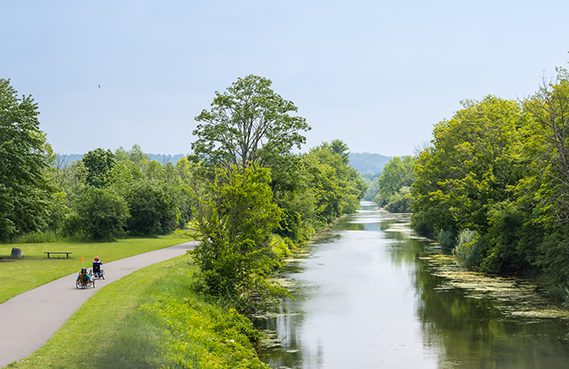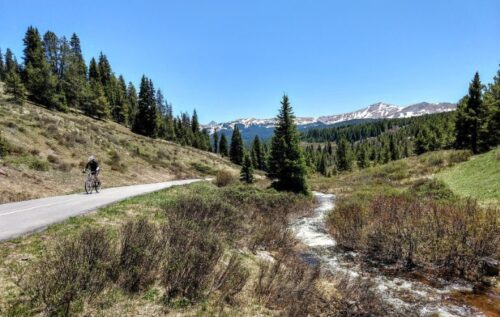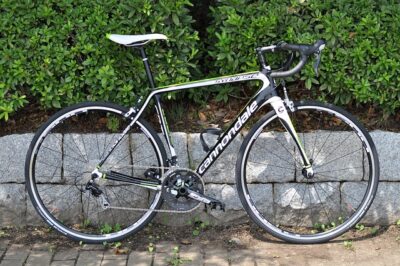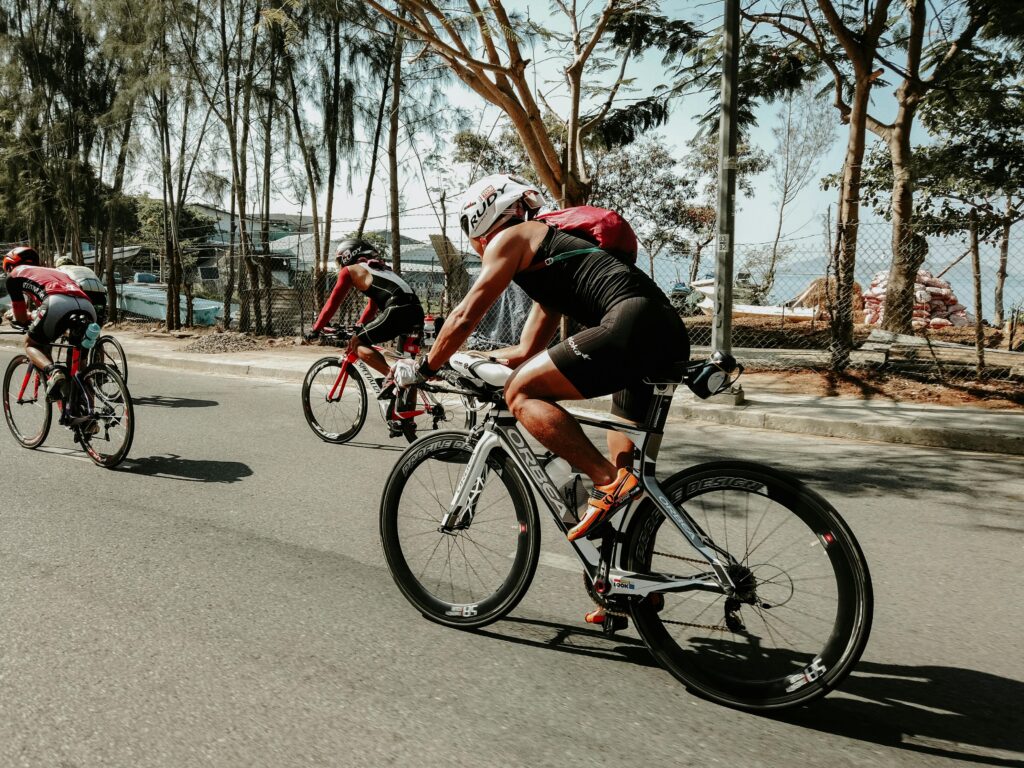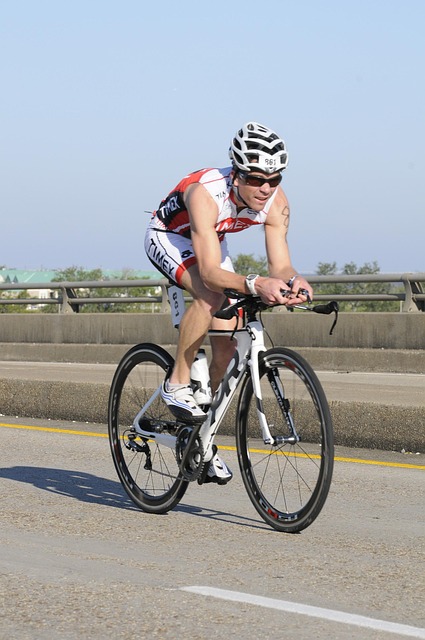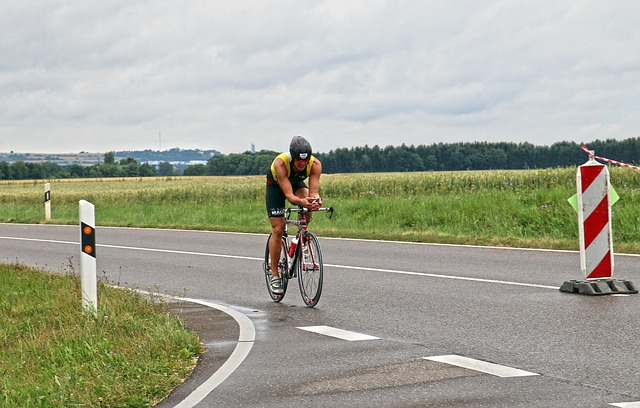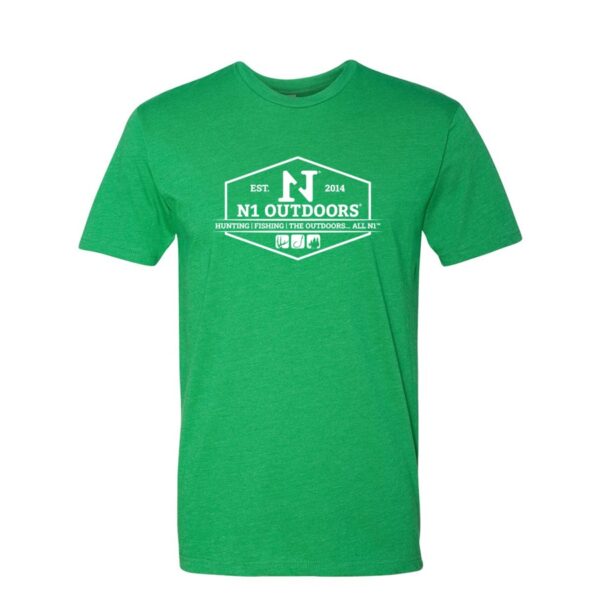When you think seriously about bikepacking, it means you have to learn to move beyond just strapping camping gear to your bike.
However, you don’t need to break the bank stocking up on high-dollar bikepacking gear. What’s more important is to be sure you don’t overlook the basics that can improve your ride quality, safety, and overall experience on your next trail adventure. So, with that in mind, here are some bikepacking essentials to consider before your next ride.
Get Everything Ready in Advance
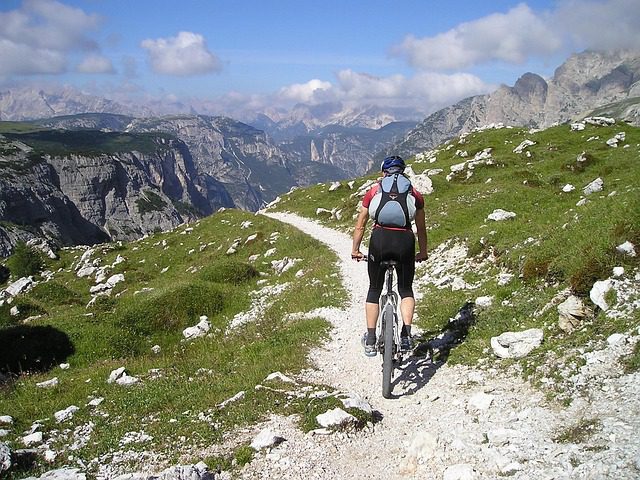
Take the time to consider what you take with you before going bikepacking. You’ll want to be sure you’re not only well-prepared, but also that you have quality gear!
Before you decide to go for another bikepacking adventure, there are a few things you should consider. For instance, experienced riders understand that rim width affects tire performance, safety, and comfort when loaded with gear and moving through technical terrain.
Because of this, it is crucial for any serious bikepacker to learn how to measure rim width. Riders will typically guess at compatibility or refer to marketing literature, but measuring your true internal rim width with digital calipers provides the exact measurements to choose the ideal tire for your type of adventure.
Similarly, having tubeless tires is vital because the liquid sealant within tubeless tires automatically seals minor punctures from thorns, glass, and jagged rocks, so you don’t find yourself stranded on the side of the road wishing you, well, had tubeless tires.
Outdoors and Camping T-shirts You’ll love!
-
N1 Outdoors® CAMP. Tee (Various Colors)
$19.00 -
N1 Outdoors® HIKE. Tee
$19.00 -
N1 Outdoors® CLIMB. Tee
$19.00
Bikepacking Essentials
Here are some bikepacking essentials to have before your trip:
- Find the perfect sleeping system to maximize your bikepacking adventure. A good mix of a quality sleeping bag, pad, and shelter will determine whether you wake up refreshed, or exhausted. Modern sleeping systems offer a balance of packability and weight without sacrificing comfort. Using a wide sleeping pad (24+ inches) is recommended, as it ensures the quality of sleep by supporting natural sleeping postures. Plus, who wants to sleep on a skinny, little pad anyway?
- When on a bikepacking adventure, you want to be sure you have a way to effectively purify water. Water purification systems now come with huge filter bags so you can easily access the water in remote places. Be sure to go with a water purification system that offers a large opening to make it easy to refill from various sources – one with a double-opening system is even better, as it allows you to manage drinking and filtering with ease.
- To address the charging or powering of any electronic devices on your bikepacking trip, be sure to pack a power source. A 24,000mAh power bank can power devices for days, and there’s no need for expensive dynamo systems unless traveling to highly remote locations.
- Be sure to carry a multi-tool with you on your bikepacking trip. Having the right repair and tool setup can totally turn a trip-ending mechanical problem into just a minor hassle. Today’s multi-tools mix bike-specific repairs with some general handy stuff. Just be sure to have a solid bike multi-tool with a chain breaker, tire levers, spare tubes, and patch kits.

Be sure to pack a good multi-tool on your bikepacking trip.
- Get the right frame bag. A frame bag puts your heaviest, densest loads (spare parts, tools, batteries, food) where they should be: low in the bike’s center of gravity and in the frame triangle. This way, instead of fighting top-heavy instability on technical terrain, your bike exhibits natural behavior. You can still lift the front end over obstacles, balance at low speeds, and corner safely rather than continually compensating for clumsy weight transfers.

Now That You Have Your Bikepacking Essentials…
These bikepacking essentials work synergistically to enhance your experience. The trick is to spend money on tried-and-true, resilient gear, as opposed to just finding the cheapest options. With quality bikepacking gear, you can spend time enjoying the exploration of God’s Creation, as opposed to fiddling with inferior gear.
Now, get out there and experience that stunning scenery and activities that make bikepacking a rich form of adventure travel.
Safe riding!


